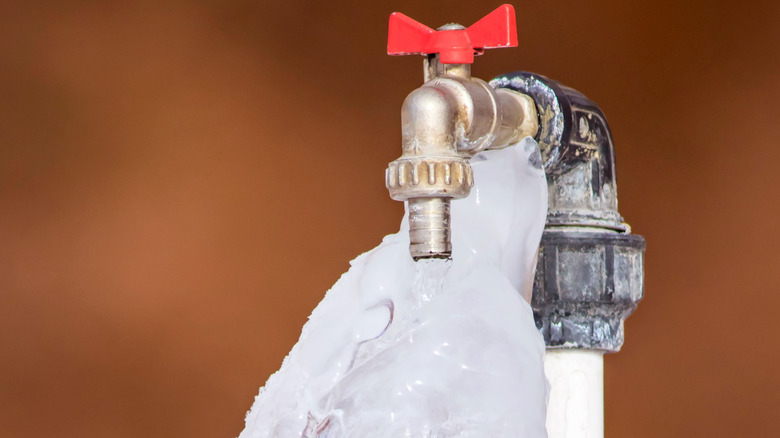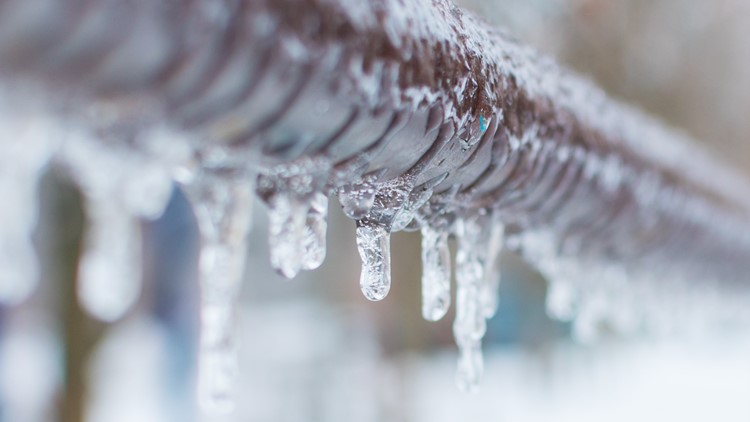Avoiding Pipes from Freezing: Best Strategies
Avoiding Pipes from Freezing: Best Strategies
Blog Article
Just how do you feel when it comes to 6 Ways to Prevent Frozen Pipes?

Cold weather can damage your pipes, specifically by freezing pipes. Here's exactly how to stop it from happening and what to do if it does.
Introduction
As temperature levels decrease, the threat of frozen pipes rises, possibly leading to expensive repair work and water damages. Understanding how to prevent icy pipes is essential for property owners in cold climates.
Recognizing Frozen Pipelines
What triggers pipelines to ice up?
Pipelines freeze when subjected to temperatures below 32 ° F (0 ° C) for expanded periods. As water inside the pipes ices up, it broadens, putting pressure on the pipe wall surfaces and possibly creating them to burst.
Risks and damages
Frozen pipes can bring about water disturbances, building damage, and expensive repair work. Burst pipelines can flood homes and create substantial structural damage.
Indications of Frozen Pipes
Identifying frozen pipes early can stop them from rupturing.
Just how to determine icy pipelines
Look for lowered water circulation from faucets, unusual smells or sounds from pipelines, and visible frost on subjected pipelines.
Avoidance Tips
Shielding prone pipelines
Wrap pipelines in insulation sleeves or make use of warmth tape to secure them from freezing temperatures. Focus on pipelines in unheated or exterior locations of the home.
Home heating methods
Keep interior spaces properly heated, specifically areas with pipes. Open cabinet doors to enable warm air to flow around pipes under sinks.
Shielding Exterior Plumbing
Yard hose pipes and outdoor taps
Separate and drain yard hoses prior to winter. Mount frost-proof faucets or cover exterior faucets with shielded caps.
What to Do If Your Pipes Freeze
Immediate actions to take
If you suspect icy pipes, maintain taps available to ease stress as the ice melts. Make use of a hairdryer or towels soaked in warm water to thaw pipes gradually.
Long-Term Solutions
Structural changes
Think about rerouting pipes far from outside wall surfaces or unheated locations. Include extra insulation to attics, cellars, and crawl spaces.
Upgrading insulation
Purchase high-grade insulation for pipelines, attics, and walls. Correct insulation aids keep constant temperature levels and lowers the risk of icy pipelines.
Conclusion
Preventing icy pipelines needs aggressive actions and fast reactions. By recognizing the causes, indications, and preventive measures, home owners can safeguard their pipes throughout winter.
5 Ways to Prevent Frozen Pipes
Drain Outdoor Faucets and Disconnect Hoses
First, close the shut-off valve that controls the flow of water in the pipe to your outdoor faucet. Then, head outside to disconnect and drain your hose and open the outdoor faucet to allow the water to completely drain out of the line. Turn off the faucet when done. Finally, head back to the shut-off valve and drain the remaining water inside the pipe into a bucket or container. Additionally, if you have a home irrigation system, you should consider hiring an expert to clear the system of water each year.
Insulate Pipes
One of the best and most cost-effective methods for preventing frozen water pipes is to wrap your pipes with insulation. This is especially important for areas in your home that aren’t exposed to heat, such as an attic. We suggest using foam sleeves, which can typically be found at your local hardware store.
Keep Heat Running at 65
Your pipes are located inside your walls, and the temperature there is much colder than the rest of the house. To prevent your pipes from freezing, The Insurance Information Institute suggests that you keep your home heated to at least 65 degrees, even when traveling. You may want to invest in smart devices that can keep an eye on the temperature in your home while you’re away.
Leave Water Dripping
Moving water — even a small trickle — can prevent ice from forming inside your pipes. When freezing temps are imminent, start a drip of water from all faucets that serve exposed pipes. Leaving a few faucets running will also help relieve pressure inside the pipes and help prevent a rupture if the water inside freezes.
Open Cupboard Doors
Warm your kitchen and bathroom pipes by opening cupboards and vanities. You should also leave your interior doors ajar to help warm air circulate evenly throughout your home.

We hope you liked our piece about How to Prevent Your Pipes From Freezing. Thanks a ton for taking time to browse our article post. Sharing is good. Helping others is fun. Bless you for your time. Please visit our site back soon.
Click For More Info Report this page